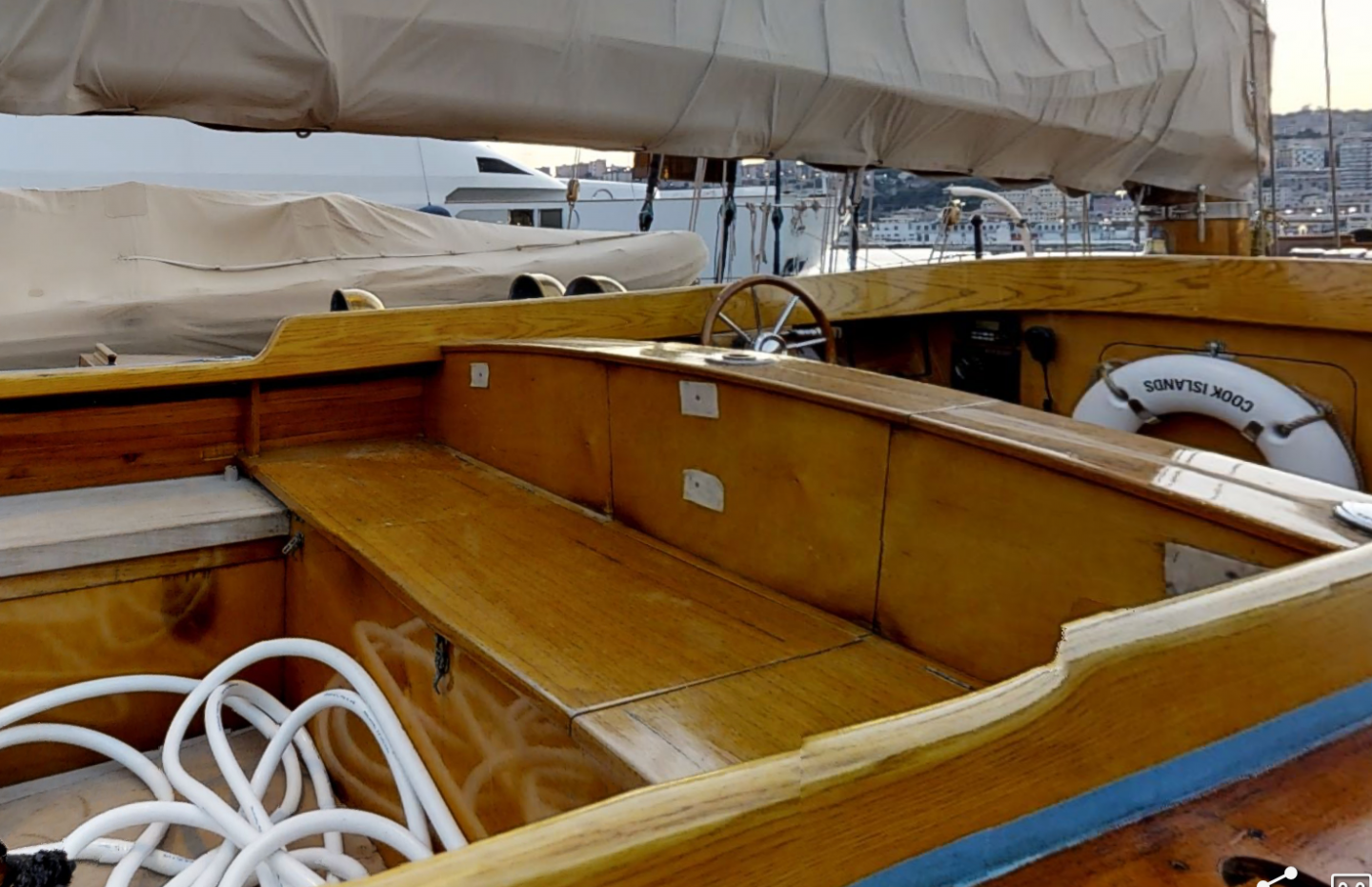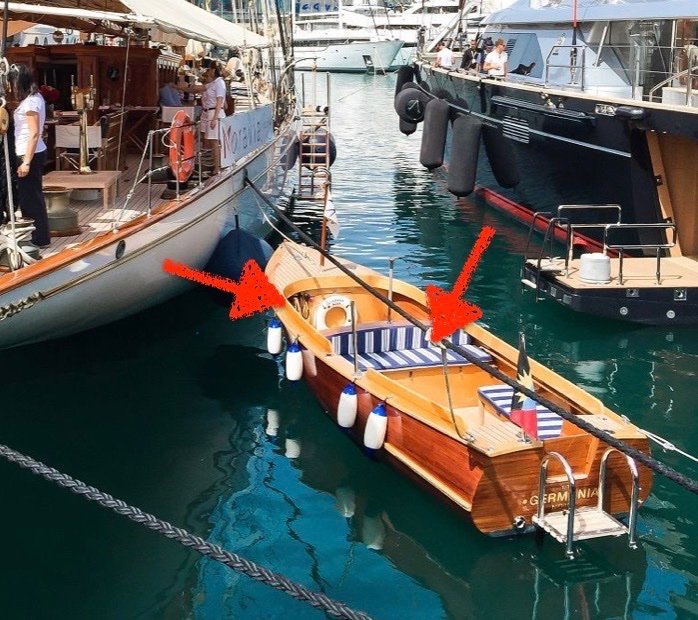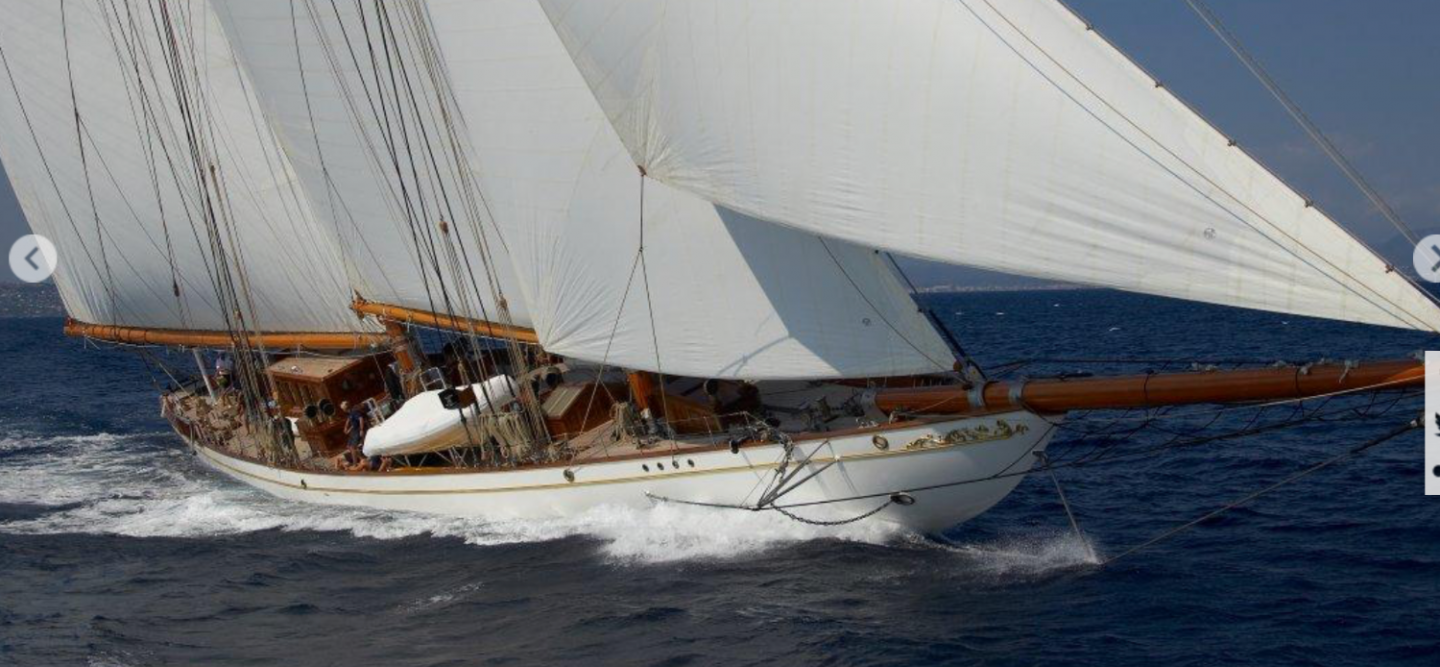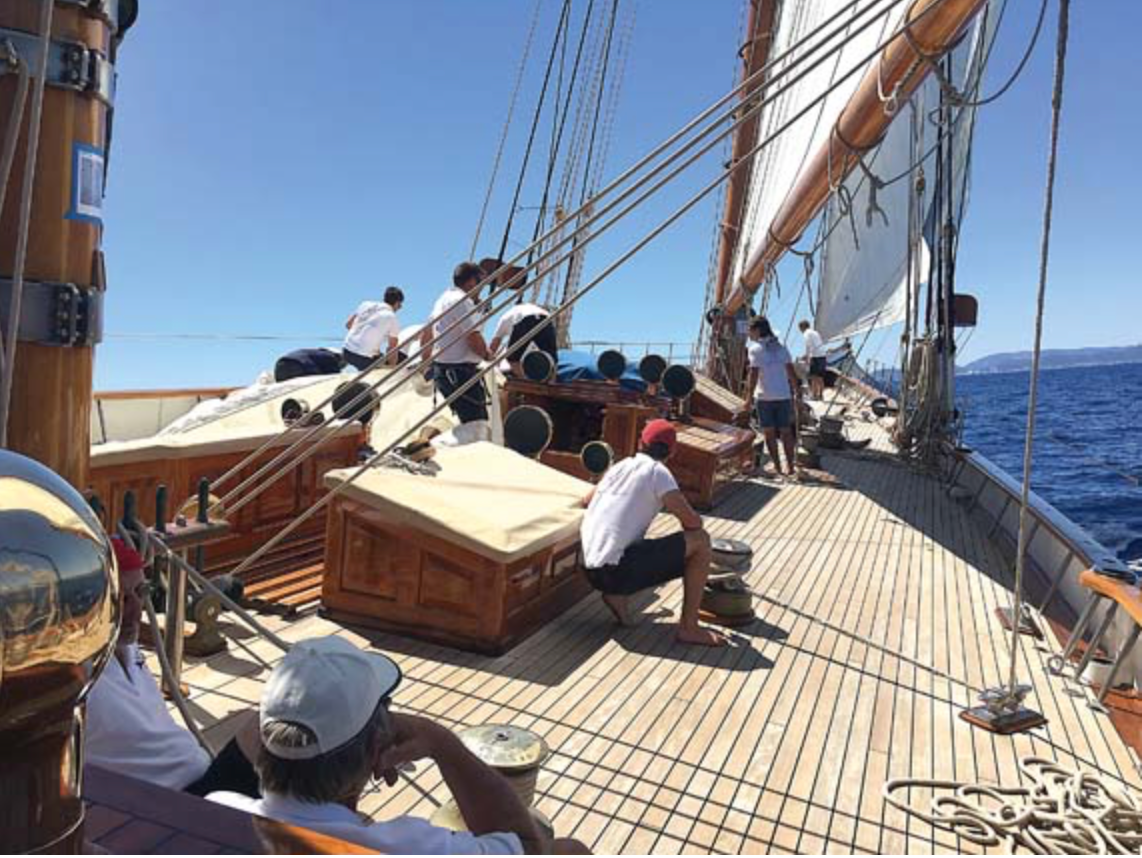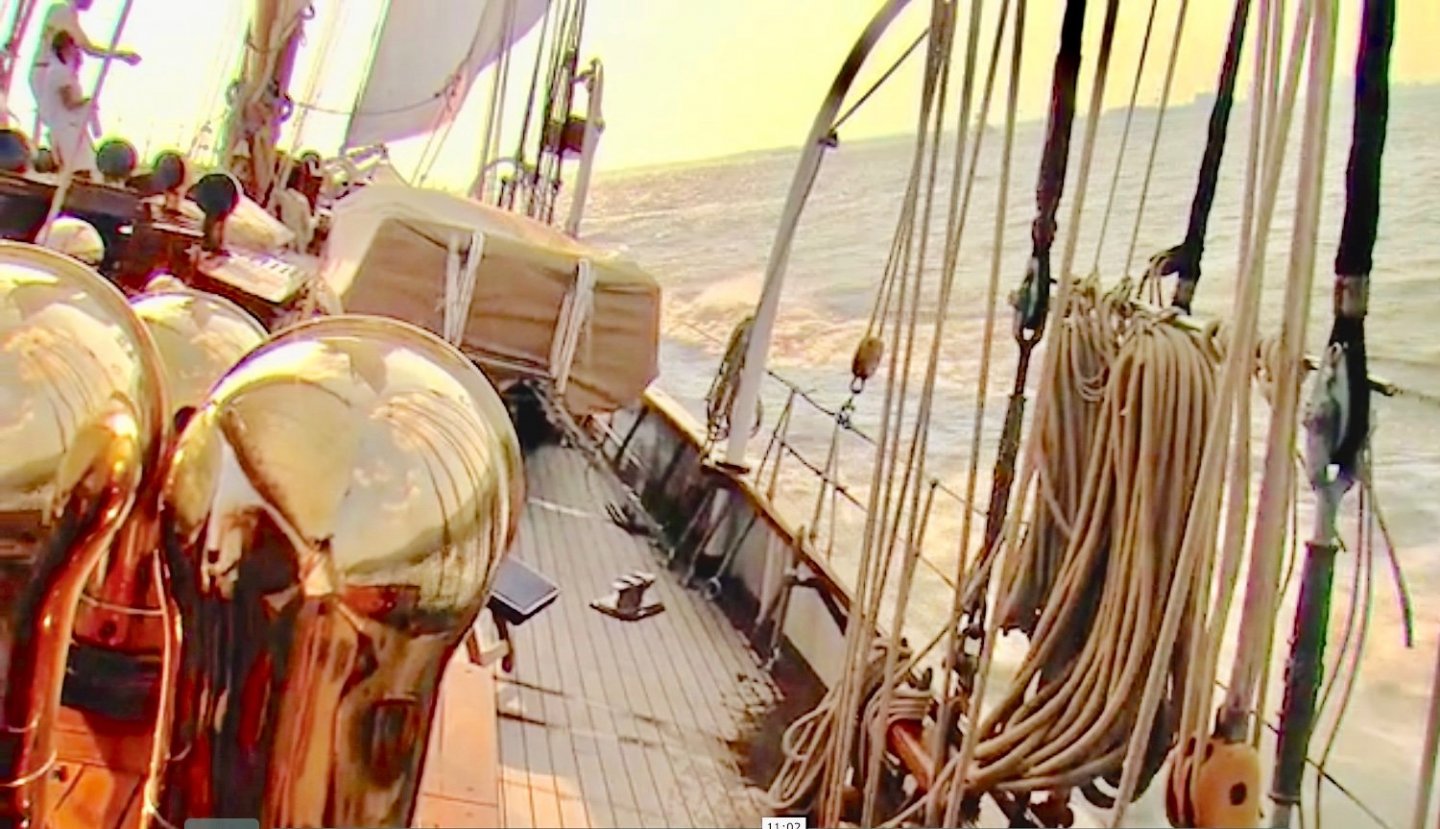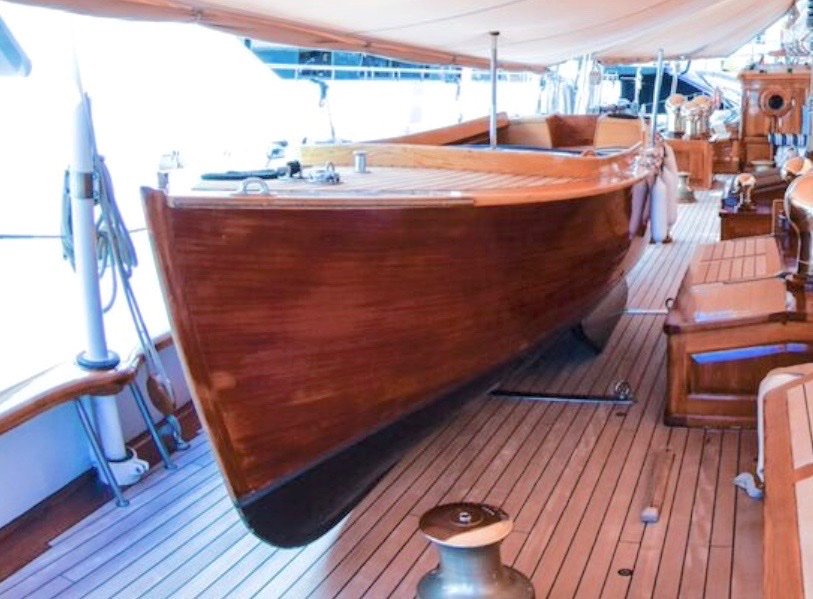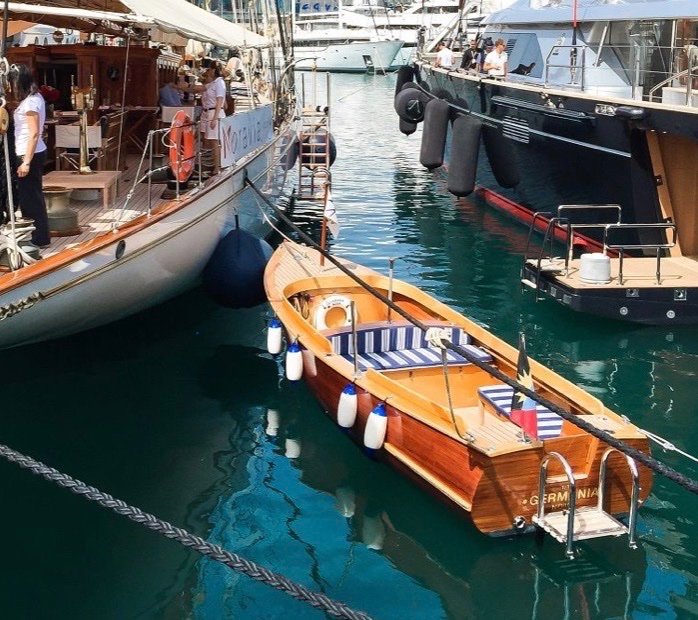-
Posts
3,917 -
Joined
-
Last visited
Content Type
Profiles
Forums
Gallery
Events
Everything posted by KeithAug
-
Druxey - not quite sure what you mean but it is definitely the boats wheel. Hakan - I think my preference would be to invest in a couple of extra pulleys. Eberhard - I have not seen the 3 D printed engines - must look them up.
-
Thank you Gary. I am planning to cheat a little. The left hand arrow is pointing at the boats wheel. This is actually aligned fore and aft which I can't really get my head round. I suppose the crew get used to it but to me it is daft (never seen one on a car for instance). I think I am going to have to mount it on the bulkhead just in front of it. The right hand arrow is pointing the the seat under which the engine is mounted. Every time I see you guys building engines I get jealous so I am going to move this seat rearward and put an exposed engine in the launch. I know the launch should have a modern Volvo Penta but I think the owner has manage to source a 1920's twin pot petrol engine, that i think is more in keeping. I hope that going a bit of piste won't get me banned from MSW.
-
I somehow missed the completion. One of the most unusual models i have seen but nevertheless quite charming. Very well done.
-
A picture is worth a thousand words. Cairo looks amazing. Workspace is a 5/10 which is better than my usual score.
-
Brian Re - I happened by the Admirals craft room where she was hard at work making stencils for T-shirt on her Cricut. I need one of those. Must get my wife into making stencils for T shirts then I can buy her one for Christmas. Also I am always amazed that the photographs of your work space and model never have a speck of dust on them. How is this possible?
-
Thank you for commenting Michael, Richard, Pat, Keith, Druxey and Eberhard. Also thank you to everyone who has visited and liked my work.
-
Very nice little restaurant on the east coast of Just Van Dyke i recall. I was there in about 2005 - generally very nice but we found the sailing was a bit constrained by the closeness of the islands. Great snorkelling at RMS Rhone and at the Baths on Virgin Gorda. On the negative side we found the BVI's a bit over run by noisy catamaran gin guzzler types.
-
Eberhard, Sometimes they sail with it on deck. And sometimes they don't. They also seem to spend a deal of time sailing with it replaced by a dinghy. It must increase the C of G and reduce the metacentric height (while also increasing the starboard list). My guess is they take it with them on position cruises and then land it and rely on the dinghy while racing or cruising within the local area. I will also be making the RIB which sits on the port side.
-
I continued with the life rings as per the photo. It isn't very obvious from the photo but the life rings sit in wire baskets. The leather pouch holds the line and this is tied off to the rail. I started making the basket from .025" wire. I made two formers from scraps of wood and used these to bend the the "hoops" which retain the life ring. The free ends of the hoops were connected by micro-bore tubing. I then slotted a piece of plywood to create a soldering jig and I bent the wire which joins the hoops. The hoops and joining wire were then soldered together. I then tested to life rings in the baskets. The baskets were then lashed to the guard rails using black cotton. The pouch is quite small so I cheated and formed it round a piece of scrap wood cut to size. Sail tape (painted brown) to simulate leather was then stuck to the former with 3 lines added to give 6 ends. 4 lines attach the pouch to the guard rails and the other two attach to the life ring and the rail. I painted the life rings and added the reflective strips and the grab ropes. The rings were then pushed into the baskets and the life line was tied off. I think I am going to make a start on the launch next.
-
Eberhard, When i looked at the picture i wondered if you had made the chain - i thought you had perhaps gone mad and was somewhat relived to hear you had bought it. Thanks for the suppliers details - added to my tools and materials list.
-
I know how you feel. At the end of cutting the frames for a particular build I’m getting quite good. I then put the saw away and don’t use it for 3 years until I start the next build. I’m then back to square 1.
-
Taking shape very quickly Nils and looking good.
- 180 replies
-
- pilot boat
- Elbe 5
-
(and 3 more)
Tagged with:
-
Thank you Keith, Gary, Pat, Steve, Veszett, Maker, Andy and Michael and than you everyone for the visits and likes. I haven't made a lot of progress in the last week, house guests took their toll and I spent some time fitting a DRO to the mill. I did a bit of turning to make the stern light. I then made the flagstaff from a bit of mahogany dowel with brass fittings. I have decided however that it looks a bit heavy so I will thin it down a bit. The stern rails have 2 life rings attached. These are of the larger type - 30" external diameter (.83" at scale size). I glued 2 pieces of .040" plasticard together, drilled the central hole and then turned and shaped the outside diameter. I needed to shape the inside diameter so I machined out a bore in a piece of wood and pressed the rings into it. I then shaped the bore. With the rings still in the wooden jig it was mounted in the mill and the notches were cut out and drilled to take the grab rope. Not much progress but the guests have now gone so things should improve.
-
Thats the way, kick the backside out of it.
- 88 replies
-
- Australia II
- Finished
-
(and 2 more)
Tagged with:
About us
Modelshipworld - Advancing Ship Modeling through Research
SSL Secured
Your security is important for us so this Website is SSL-Secured
NRG Mailing Address
Nautical Research Guild
237 South Lincoln Street
Westmont IL, 60559-1917
Model Ship World ® and the MSW logo are Registered Trademarks, and belong to the Nautical Research Guild (United States Patent and Trademark Office: No. 6,929,264 & No. 6,929,274, registered Dec. 20, 2022)
Helpful Links
About the NRG
If you enjoy building ship models that are historically accurate as well as beautiful, then The Nautical Research Guild (NRG) is just right for you.
The Guild is a non-profit educational organization whose mission is to “Advance Ship Modeling Through Research”. We provide support to our members in their efforts to raise the quality of their model ships.
The Nautical Research Guild has published our world-renowned quarterly magazine, The Nautical Research Journal, since 1955. The pages of the Journal are full of articles by accomplished ship modelers who show you how they create those exquisite details on their models, and by maritime historians who show you the correct details to build. The Journal is available in both print and digital editions. Go to the NRG web site (www.thenrg.org) to download a complimentary digital copy of the Journal. The NRG also publishes plan sets, books and compilations of back issues of the Journal and the former Ships in Scale and Model Ship Builder magazines.





